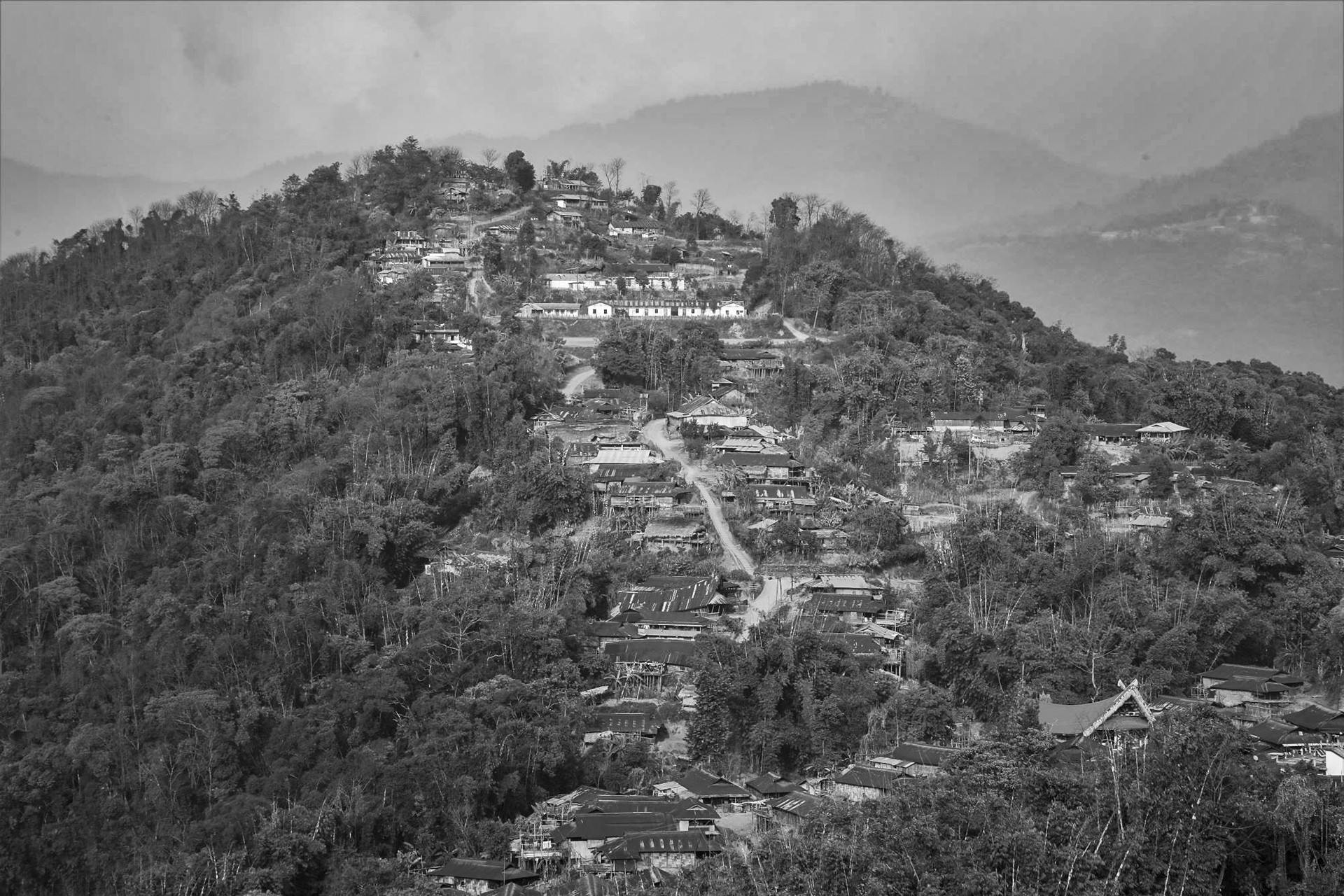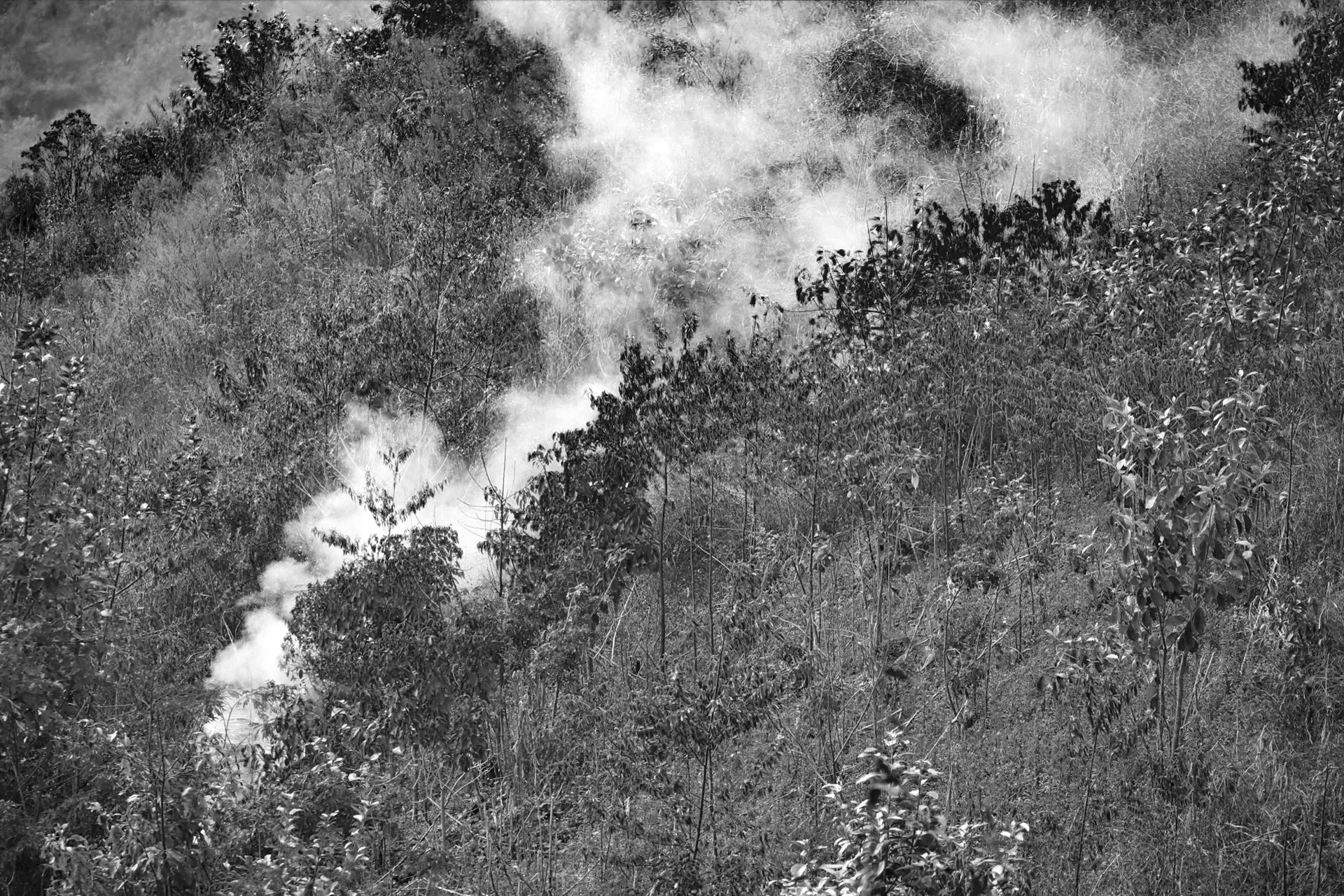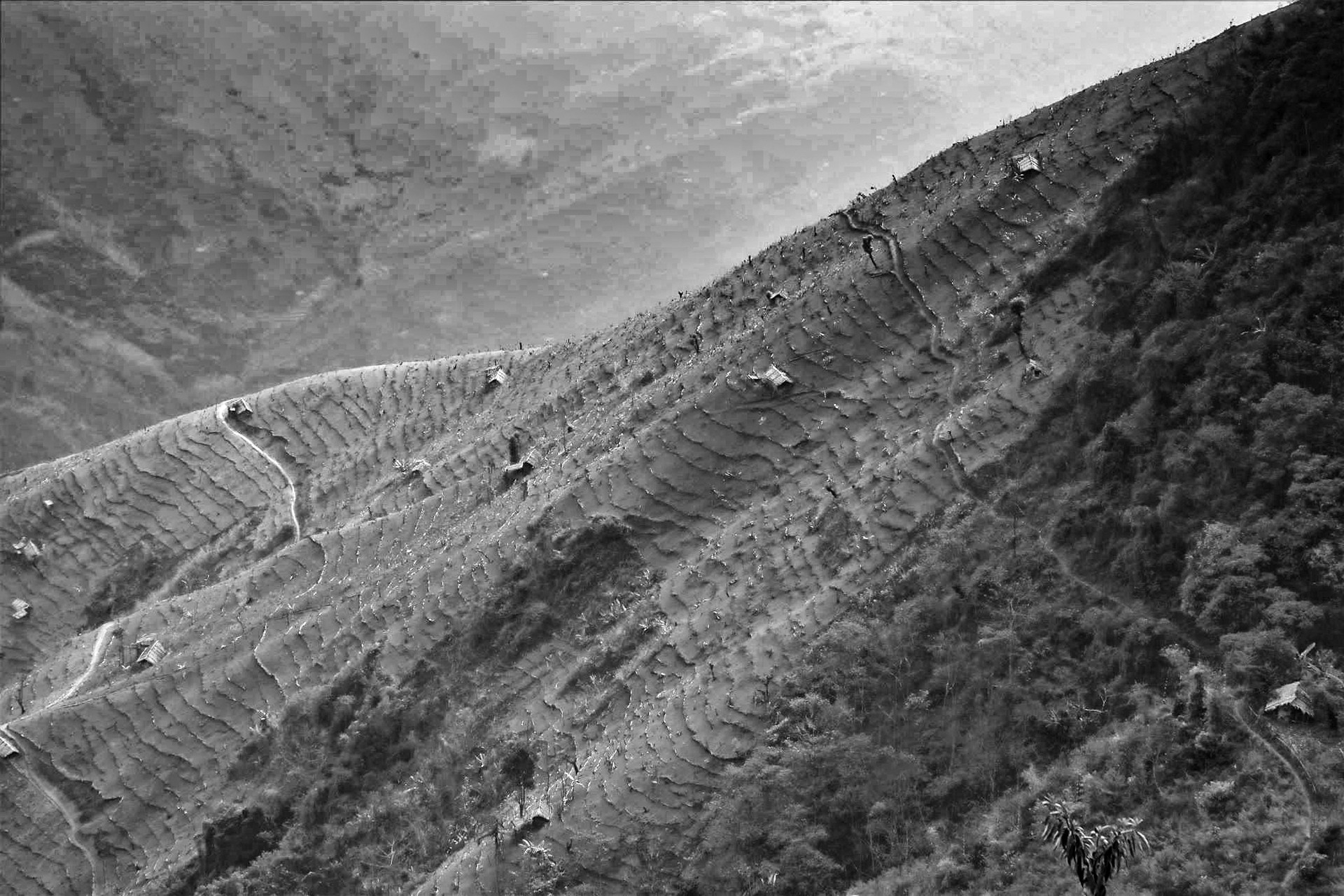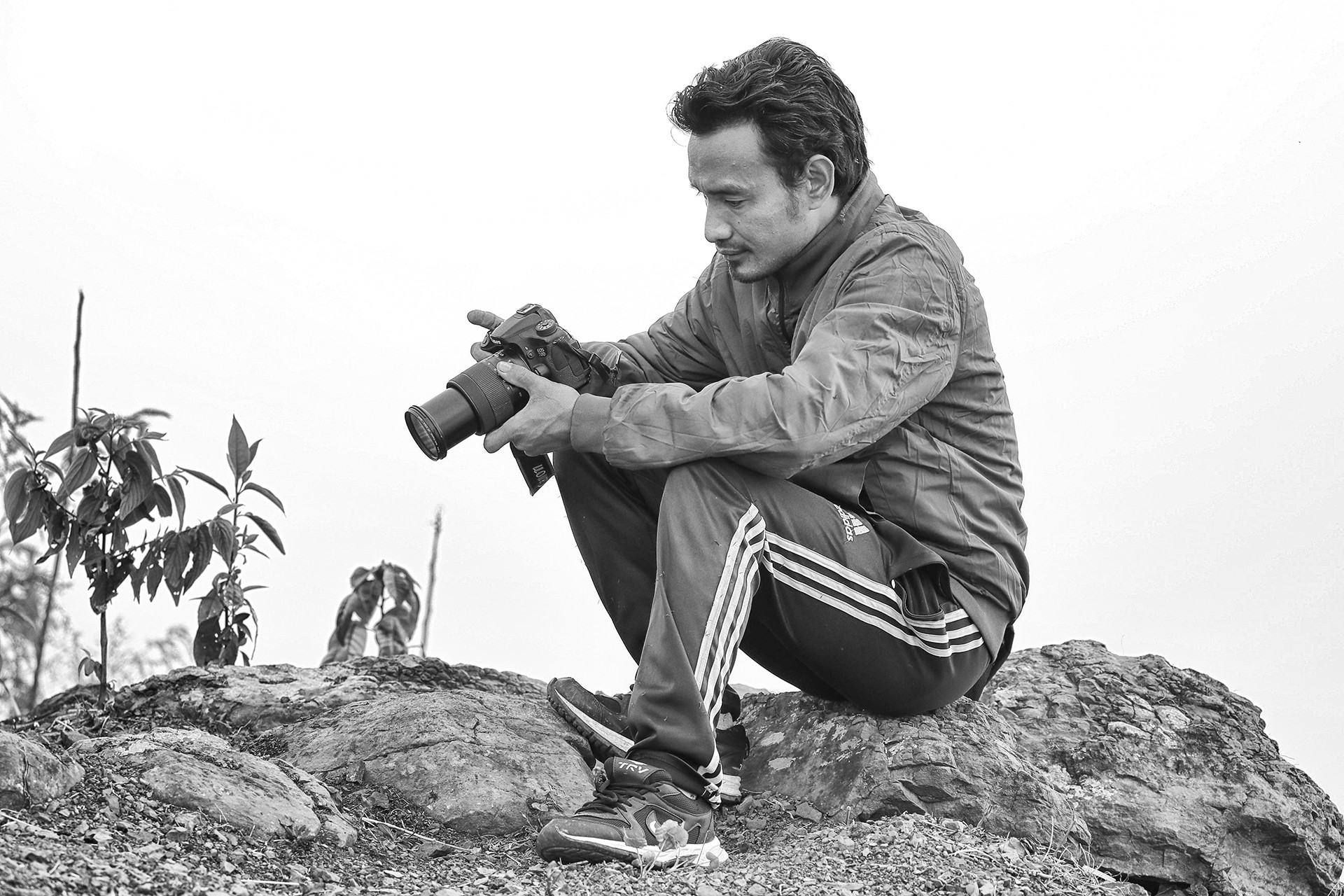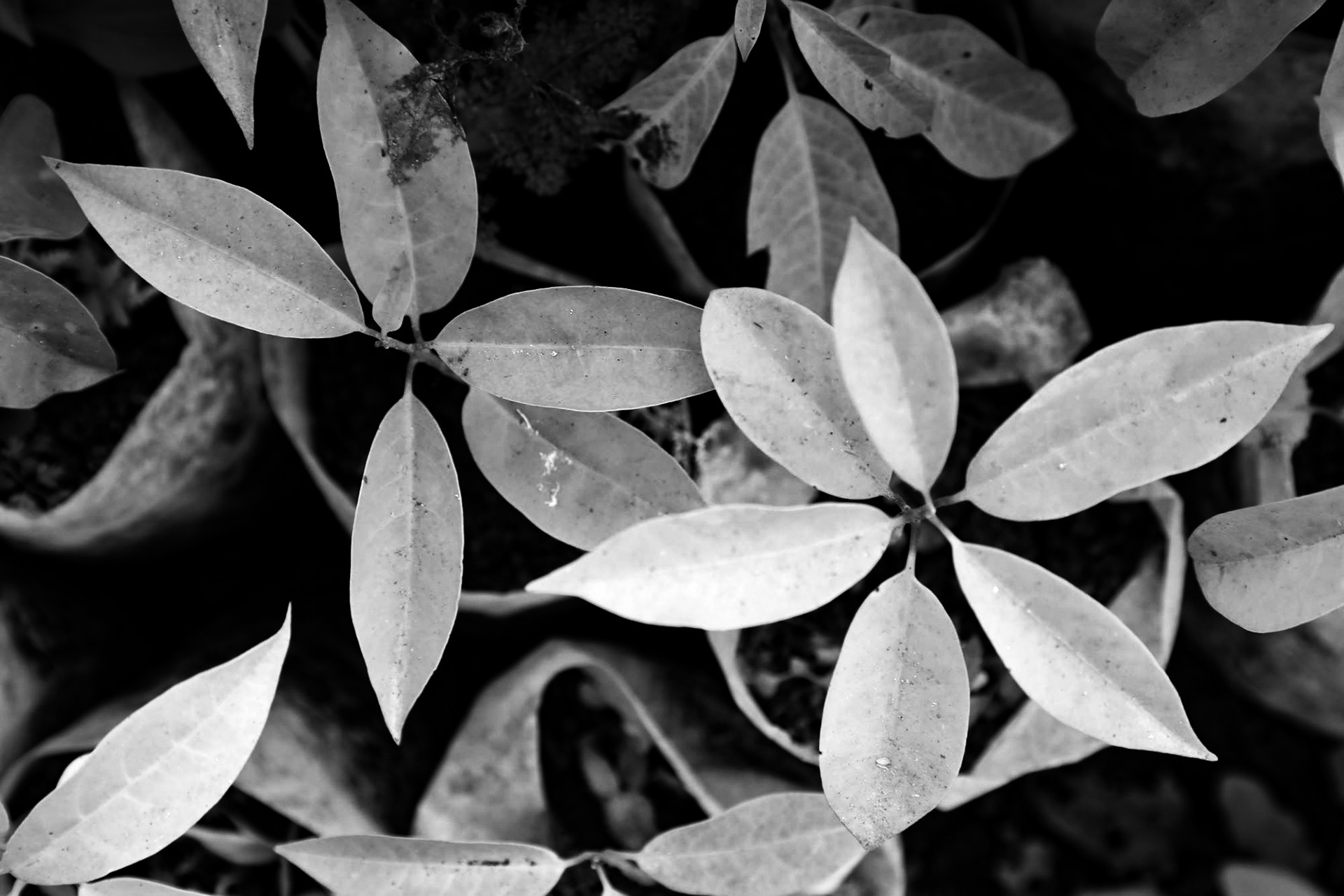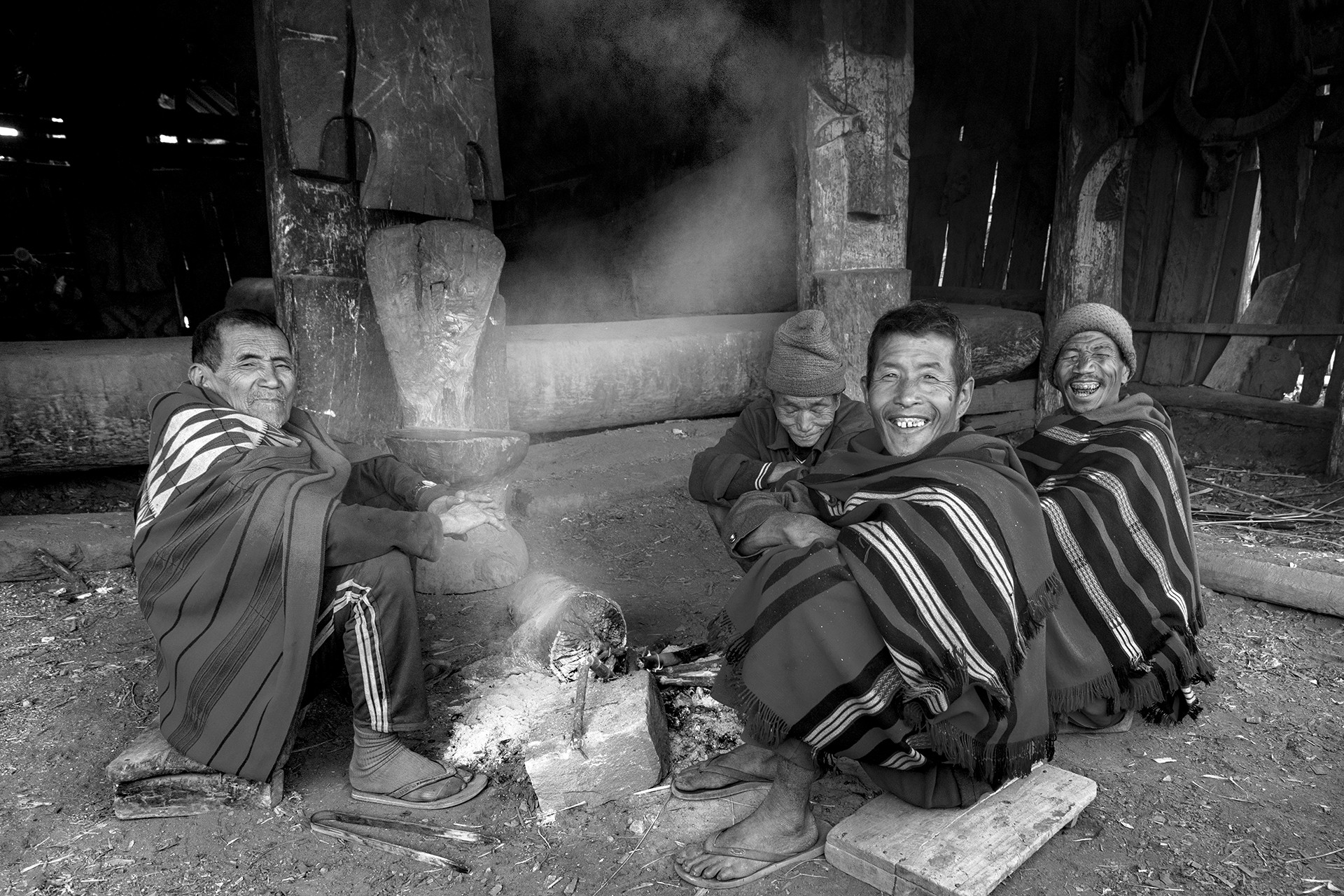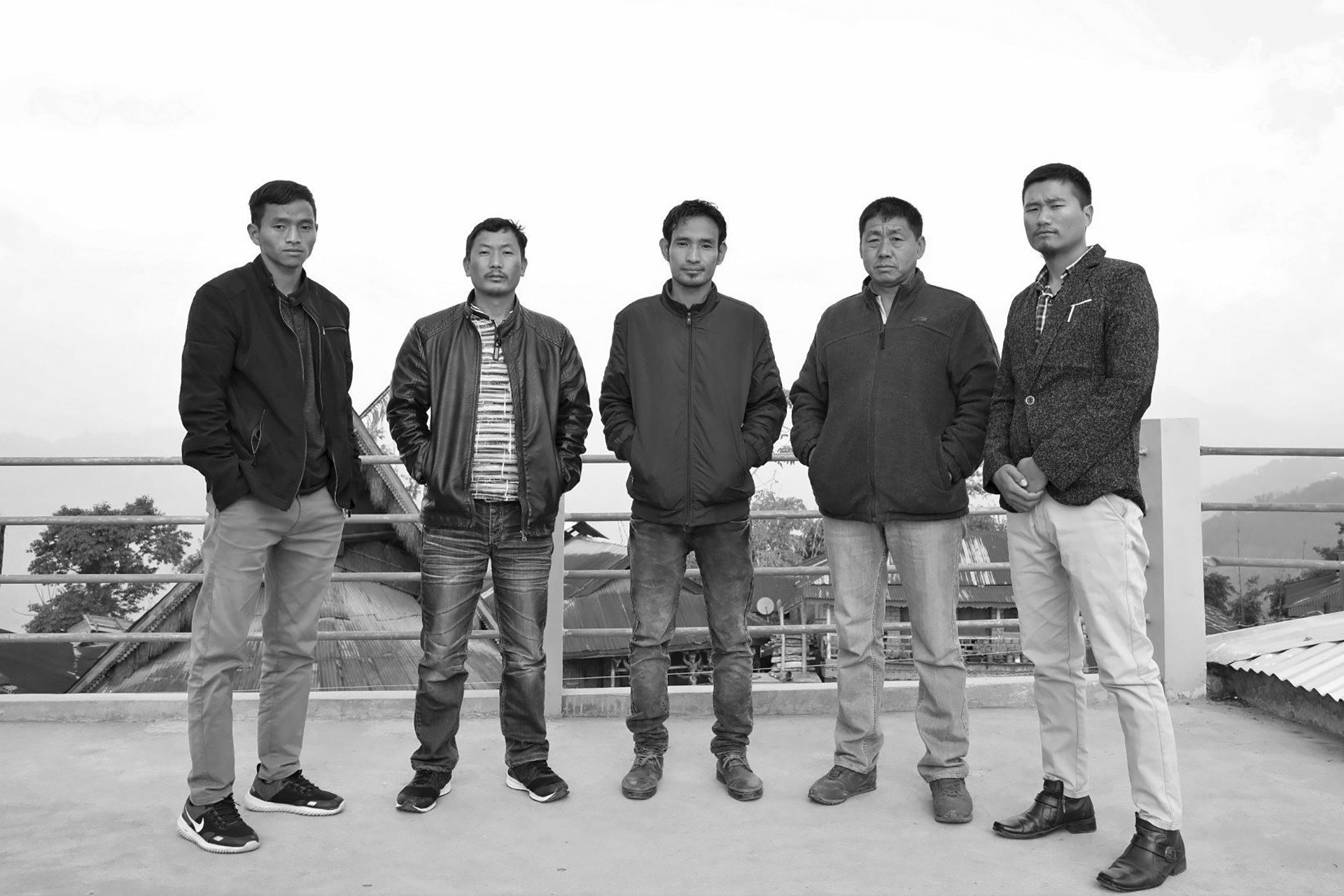About 6000 villagers belonging to the Konyak tribe call Changlangshu, a remote village in Nagaland, on the Indo-Myanmar border their home. The Konyaks are traditionally a head-hunting community. Whenever there was an inter-tribal war, it was a great honour to hunt down and decapitate the enemy. The last head was hunted in 1990. However, they continue to hunt birds and mammals for their consumption in their surrounding community forests. It is a momentous occurrence even today when a father hands his son his first gun.
Changlangshu is at an elevation of above 5000 feet and its average temperature ranges between 8-23°C. It is 118km away from the nearest market in Mon district, a distance that can only be traversed in a vehicle with high ground clearance, like a Tata Sumo.
The Konyaks have learned to adapt to Changlangshu’s hilly, distant location and harsh conditions. Predominantly farmers, unlettered, and restricted to conversing in their local dialect – Konyak – most of them have been practising the age-long method of jhum cultivation, more commonly known as slash-and-burn agriculture as their primary source of income. A few also earn their bread by making daos (traditional daggers) and guns.
In the days of yore, jhum cultivation was the most efficient and sustainable form of agriculture, as ample time was given for the rejuvenation of crops. Today, to satisfy the needs of a rising population, the erstwhile 14-15 years cycle has been reduced to a mere 2-3 years, which does not allow enough time for the soil to regain fertility and causes severe damage to forested areas.
As there are more and more mouths to feed and bodies to keep warm, more firewood is consumed, more forested areas are burnt down for agricultural land and more animals are hunted. Extensive hunting, jhum cultivation, rapidly waning forests and diminishing resources are major conservation problems. Despite these odds, Changlangshu’s case is not a hopeless one. Not when there are people within the community who are fighting to bring change. One of them is 34-year-old Sangti Wanmai Konyak, who is a filmmaker, social worker, conservationist, and most importantly, a man on a mission.
Wanmai first became aware of conservation and its importance when he underwent the Green Hub Fellowship Programme. It proved to be a life-changing experience for Wanmai, as he explains here, "Green Hub was a turning point in my life. I fell in love with nature and conservation. I was a hunter earlier (not an active one), but I had killed a few hundred birds. Now, I don't. I came to Green Hub as a hunter and went back as a nature lover."
In 2018, with the help of the Sarpanch (the head of a village), Mr S. Kehoang Konyak and the Nagaland Government, Wanmai formed a Biodiversity Management Committee (BMC) in Changlangshu.
A two-kilometre square patch of forest was offered to the BMC by a village senior, where hunting and jhum cultivation was strictly prohibited. Eventually, Wanmai’s negotiations with the Nagaland government resulted in a law banning hunting between April and September in the surrounding areas as well. And, in 2019, the rule was widely respected by the community and not a single animal has been hunted since.
The chief goals of the BMC are to protect and conserve the forest patch and slowly but surely regenerate the forest bed in its vicinity, in an attempt to eventually create a little corridor connecting it to the larger forested areas in the adjoining hills. To do so, the BMC, which was just seven boys when it began and has now grown to 26 members, including five women, is fostering saplings of two types of endemic tree species – Po-nyak and Yoangtiak, in Changlangshu’s hospital premises. The saplings have matured and the young trees are scheduled to be planted in the coming months.
To spread awareness among the villagers about forest conservation, the BMC has also created a herbal garden where they grow a few medicinal plants (Paris polyphylla, Polygonatum verticillatum, peppermint, fish mint etc.) that are naturally found in these forests. This is a humble attempt at creating a small market for themselves as these plants are eagerly sought after in neighbouring villages as well as in Myanmar.
The immediate aims of the BMC are to educate the children of Changlangshu and to involve the youth to actively participate in their initiatives. But most of the villagers live in poverty and conservation remains a far-fetched idea. Furthermore, many youngsters are leaving the village in search of jobs in the cities. However, Wanmai, with the help of Green Hub, continues to conduct nature education activities for his people. He says, “If someone comes from outside and imparts their knowledge, it excites the village people more and they are more likely to take things seriously and change.”
Besides his fierce determination and calm composure, what sets Wanmai apart is his ability to understand his culture and his people so well. Be it to aid a fellow villager in filling out an application form or to draft an official email. Or be it the more herculean task of documenting the rapidly disappearing traditions of his tribe – the folk songs, earthenware crafts or the weaving of shawls from stinging nettle plants – Wanmai has always placed the interests of his tribe ahead of his own.
His involvement with other social bodies has also been vital. Especially with the Students’ Union which was formed in 1963 and is responsible for the near-total eradication of the consumption of opium in fourteen neighbouring villages including Changlangshu. Wanmai has worked with the Union for the last 17 years. And, today, it continues its work towards educating the children in the region and is also working to bring sanitation to Changlangshu. It recently effectuated a project of planting dustbins at every twenty metres on both sides of the road and implemented a fine on littering.
Wanmai’s active participation at so many levels is a huge contributing factor to the progress his society has made and continues to make. Naturally, he has earned the respect he merits and continues to lead by example. “Wanmai toh 'Sir' ban gaya!” (Wanmai has become a great man), says Anghi, the caretaker of the BMC council guest house.
Seemanta Jyoti Baishya, a Green Hub fellow who had visited Changlangshu to make a short documentary titled Combating Opium Addiction, said about Wanmai: “He is the bridge that links his village to the world outside.”
Wanmai is a prime example of a man who can bring out the best in the people around him, and whose ambitions can lift an entire race.
